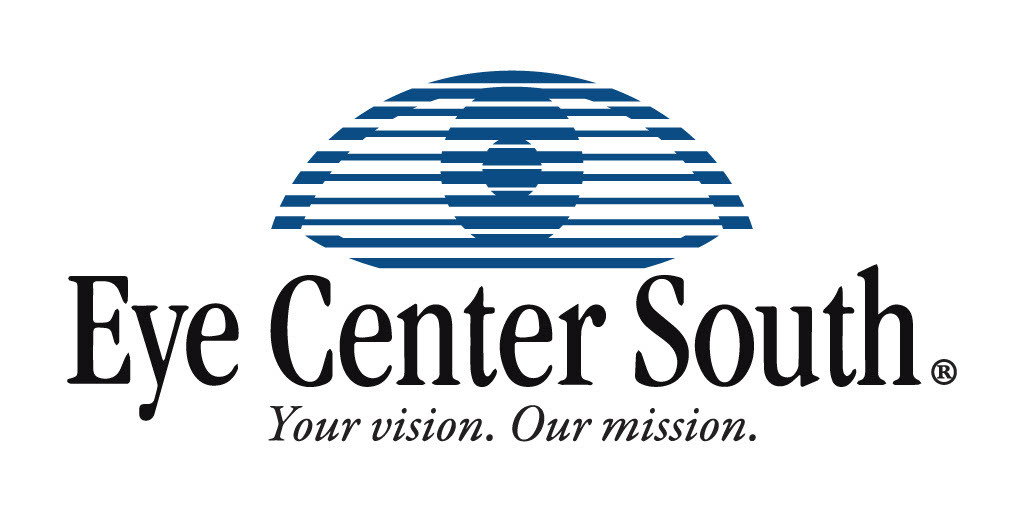Cosmetic Procedures
At Eye Center South, we’ve spent more than four decades serving the eye care needs of Alabama and Florida. Our patients trust us with the health of their eyes. Our experienced eye surgeons are committed to providing only the highest quality care. We strive for excellence for our patients, offering treatments and procedures not only for the eyes, but other areas of the face as well — such as the eyelids, brows, and facial muscles.
While many of our surgeries are performed for functional reasons, we also offer a variety of elective procedures to improve the aesthetics of the face.
The Cosmetic aesthetic procedures offered at Eye Center South enhance your appearance by improving symmetry, proportion and the overall aesthetic of your face using surgical methods on your eyes and brows with natural-looking, long-lasting results for a fresh, youthful look.
Cosmetic Facial Surgery Services
About Our Cosmetic Surgeon
When you come to Eye Center South for a cosmetic procedure, you’ll work with our board-certified Facial Cosmetic and Reconstructive Surgeon, Richard W. Bryant, M.D. Dr. Bryant trained in Beverly Hills, California, under some of the most distinguished cosmetic surgeons in the world. There, he completed his highly-specialized fellowships in oculofacial plastic and reconstructive surgery and has since brought this expertise to Eye Center South. His experience in the field of orbital and cosmetic surgery, and compassion for his patients, has made him a sought-after facial surgeon across the Southeast.




